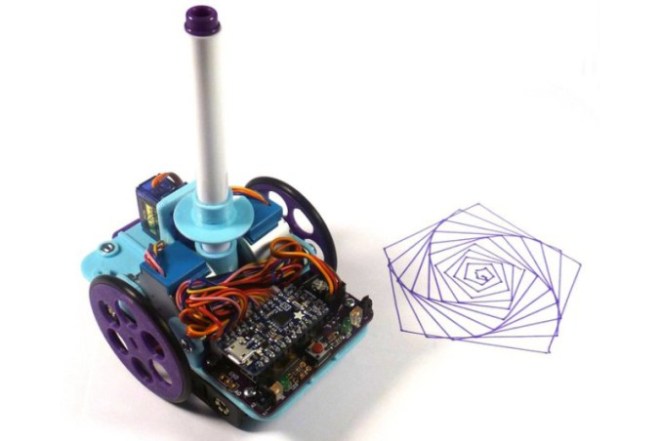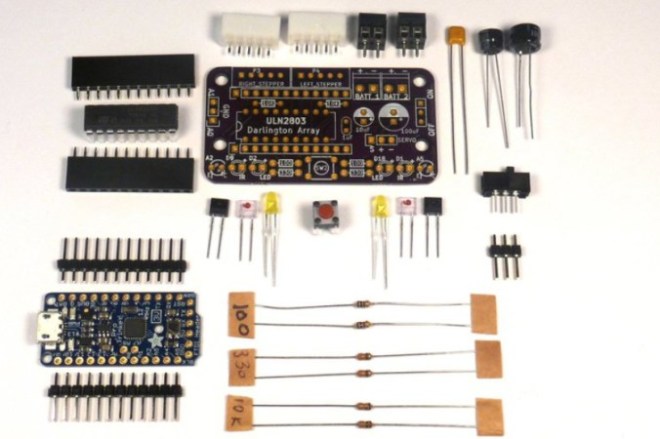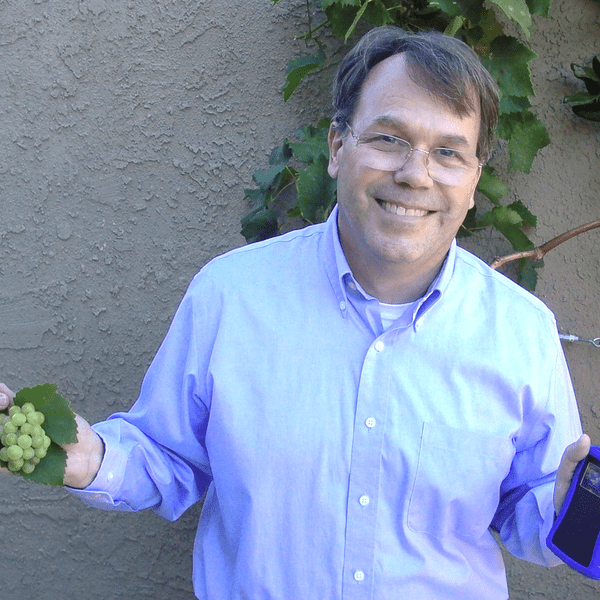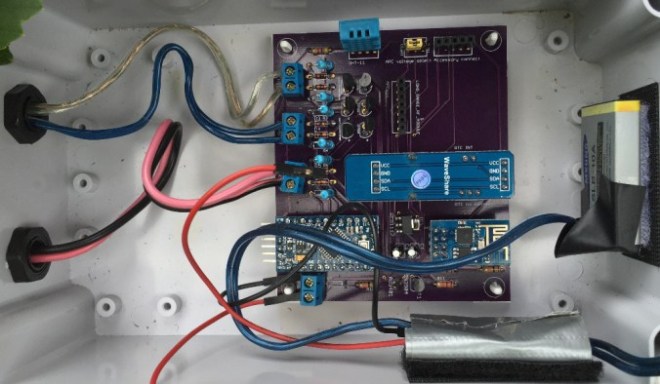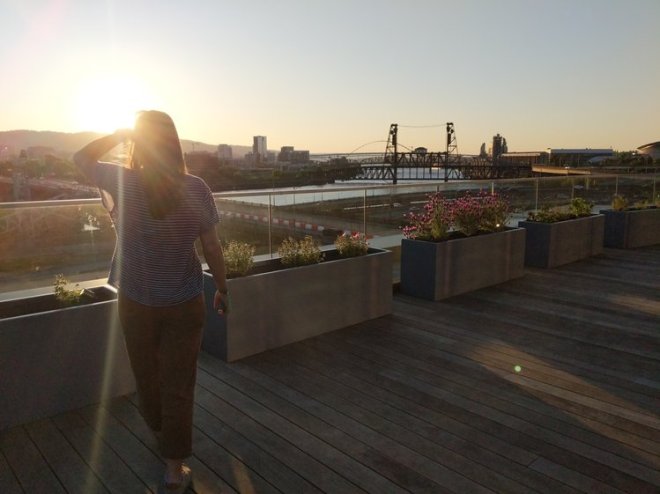How do you start a good habit? As a blogger, someone who spends a spectacular amount of time on Twitter, and a Thought Leader Life Coach, I can tell you: the best way to start a good habit is by doing it every day. [Arduino Enigma] has just the solution to procrastination, laziness, or whatever…
Month: June 2018
Steve’s Build Log: Bear badge
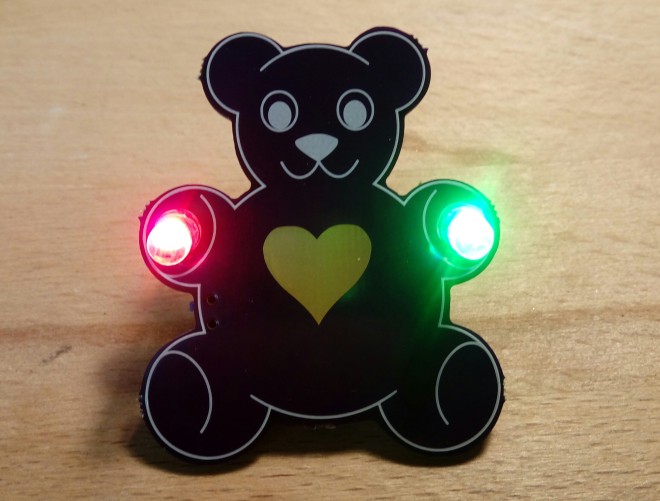
From Steve’s Build Log:
The trials and tribulations of making gadgets in Contextual Electronics.
This will be my diary of the progress I make and some of the things I learn and pick up along the way.
Biasing That Transistor Part 4: Don’t Forget the FET — Hackaday
The 2N3819 is the archetypal general-purpose N-channel FET. (ON Semiconductor) Over the recent weeks here at Hackaday, we’ve been taking a look at the humble transistor. 1,438 more words
via Biasing That Transistor Part 4: Don’t Forget the FET — Hackaday
Open Source Turtle Robot Kit Teaches Beginners & Creates Beautiful Art
Bradley Ramsey writes on the Tindie blog about this robotics kit from The Maker’s Box:
Open Source Turtle Robot Kit Teaches Beginners & Creates Beautiful Art
The Open Source Turtle Robot (OSTR) was created as the basis for a two-day workshop where high school students could gain hands-on experience with engineering concepts. The finished robot even creates interesting pieces of art via pen plotting with Turtle graphics.
The project is Arduino compatible for ease of programming and powered by 4 AA batteries to make it cost effective. Stepper motors were chosen for accurate motion, and the parts were 3D printed for easy customization.
Tindie seller: Renier van der Lee & Vinduino
From Bradley Ramsey on the Tindie blog:
Seller Feature: Renier van der Lee & Vinduino LLC
Renier van der Lee is the father of three kids, a technology enthusiast, and a self-proclaimed “gentleman farmer,” which sounds incredibly official on its own. He is also a Tindie seller who created the award-winning Vinduino sensor, which has seen massive growth and sales both on Tindie and beyond since its inception.
Join us as we explore the history and proliferation of this unique and endlessly useful device that has a huge impact on water conservation and savings for growers.
What is Vinduino, and How Does it Work?
Vinduino is a water-saving irrigation project for vineyards, but it has applications for all types of growers who live in drought-ridden countries. Vinduino utilizes a gypsum soil moisture sensor to accurately measure the moisture present around the roots of a plant.
It was originally designed for use in vineyards, where it can be connected to several long-range RF LoRA modules and charged by solar power. All of this is connected to the irrigation system. When the sensor detects a drop in moisture, the sprinklers turn on, and not a moment before.
The concept won the Best Product award during the 2015 Hackaday Prize, which aims to find projects that have potential as a product people would want. Vinduino was also selected for residency in the SupplyFrame Design lab.
Renier first tested his VInduino installation on his own vineyard. Prior to the creation of Vinduino, he was spending over $4,300 each year on a vineyard management company to ensure his vines were watered.
Once he switched over to Vinduino, he didn’t need their assistance anymore. Over the course of a single year, he managed to save 430,000 gallons of water, which equates to $1,925 in cost savings. The entire installation costs $635. It offers a great return on the investment almost immediately and represents a viable solution for the ongoing water shortages in California and across the world.
Hardware Happy Hour (3H) Chicago on June 12th
The next Hardware Happy Hour (3H) Chicago is Tuesday, June 12th:
https://www.meetup.com/Hardware-Happy-Hour-3H-Chicago/events/251388578/
Hope to see you there!
Power Harvesting Challenge: Scavenge Some Power, Win Prizes
It’s a brand new day as the Power Harvesting Challenge begins. This is the newest part of the 2018 Hackaday Prize and we’re looking for 20 entries who will each receive $1,000 and move onto the finals to compete for the top five spots, scoring cash prizes of $50k, $25k, $15k, $10k, and $5k.
Put simply, Power Harvesting is anything you can do that will pull some of the energy you need from a source other than wall-power or traditional battery tech. The most obvious power harvesting technologies are solar and wind. Ditch the battery in your doorbell for a solar panel, or turn your time-lapse camera rig into one that tops its battery with a tiny wind turbine. On the other end of the spectrum you could go nuts with chemistry and develop your own take on harvesting power from saltwater, or sip off the ambient RF waves all around us.
via Power Harvesting Challenge: Scavenge Some Power, Win Prizes
Teardown hardware hacking restrospective
CrowdSupply shares a look back at Teardown hardware hacking con last month in Portland:
Teardown Retrospective
Whew, Teardown 2018 is over! Over 150 attendees from ten states and three countries were treated to a whirlwind of talks, workshops, presentations, and demos of all manner of unique, amazing, beautiful hardware projects, from art works to industry-changing technology. Held over three-days, May 11-13, in Portland, Oregon, we were lucky enough to partner with Pacific Northwest College of Art’s Make+Think+Code program, who let us use their spectacular main building, a renovated 100-year-old Federal Post Office. From Friday to Sunday, the event featured:
- 35 talks on topics ranging from DIY artificial intelligence to how to move a 2 ½ ton electron microscope.
- 16 workshops where participants got hands-on experience doing things like creating a self-portrait on a PCB and learning how to send secret messages with blinking lights.
- Delicious, locally produced food and drink from Portland area providers.
- After-hours fun with food, music, and Legos.

In between events, attendees were entertained by the form, light, sound, and, in one case, mustaches from seven different interactive installations, including a sculpture that illuminated using your own heartbeat and a couple of rogue “payphones” that actually received calls throughout the event. Naturally, we also had robot sumo wrestling.
After hours, we enjoyed eating, drinking, scheming, and laughing while taking in the view at Autodesk’s amazing new office building and their rooftop deck, sharing Chinese food at Crowd Supply’s new headquarters and our rooftop deck, searching for (and finding!) a new hackerspace deep under Portland’s bridges, and feeding quarters into our favorite vintage arcade games, among other things.
Of course, the very best parts of Teardown were simply the result of having a great group of people together at the same time and place. Whether over lunch or after a workshop, the air was always thick with the exchange of knowledge and ideas. Seeing so many creative people come together to share ideas, designs, and projects openly with each other was a beautiful thing to behold. The future of open source hardware looks bright – it’s a great time to be a hacker, maker, and creator.
Going into it, we didn’t really know what to expect from Teardown. Coming out of it, we’re sure of one thing: we’re definitely going to do this again. If you attended Teardown, thanks for sharing your time and talents to make it such a great event. Within the next few days, you will receive a survey to gather your feedback. If you weren’t able to attend, or missed a particular talk you wanted to see, keep an eye on Teardown updates as we post video recordings of many of the sessions.
We can’t wait for next year (though we might need a day or three to recover from this year). The future looks bright for Teardown!
Cyborg Ring
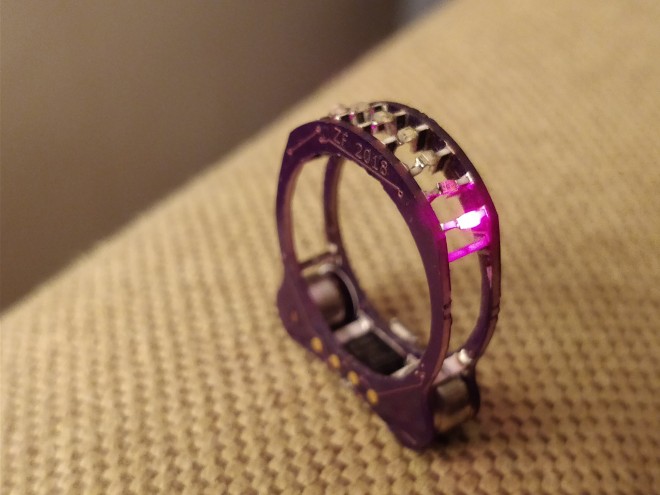
We were amazed to see the incredible wearable project by Zach from NeuroTinker while at CrowdSupply Teardown:
Cyborg Ring
Cordwood-style blinky ring, powered by an ATtiny85 and a pair of size 10 Zn-air hearing aide batteries.
This Is Your Last Chance To Design The Greatest Robotics Modules
It’s Friday, and that means this is your last weekend to get your project together for the Robotics Module Challenge in this year’s Hackaday Prize. We’re looking for tools for robots that blow the doors off what is commercially available.
via This Is Your Last Chance To Design The Greatest Robotics Modules — Hackaday





